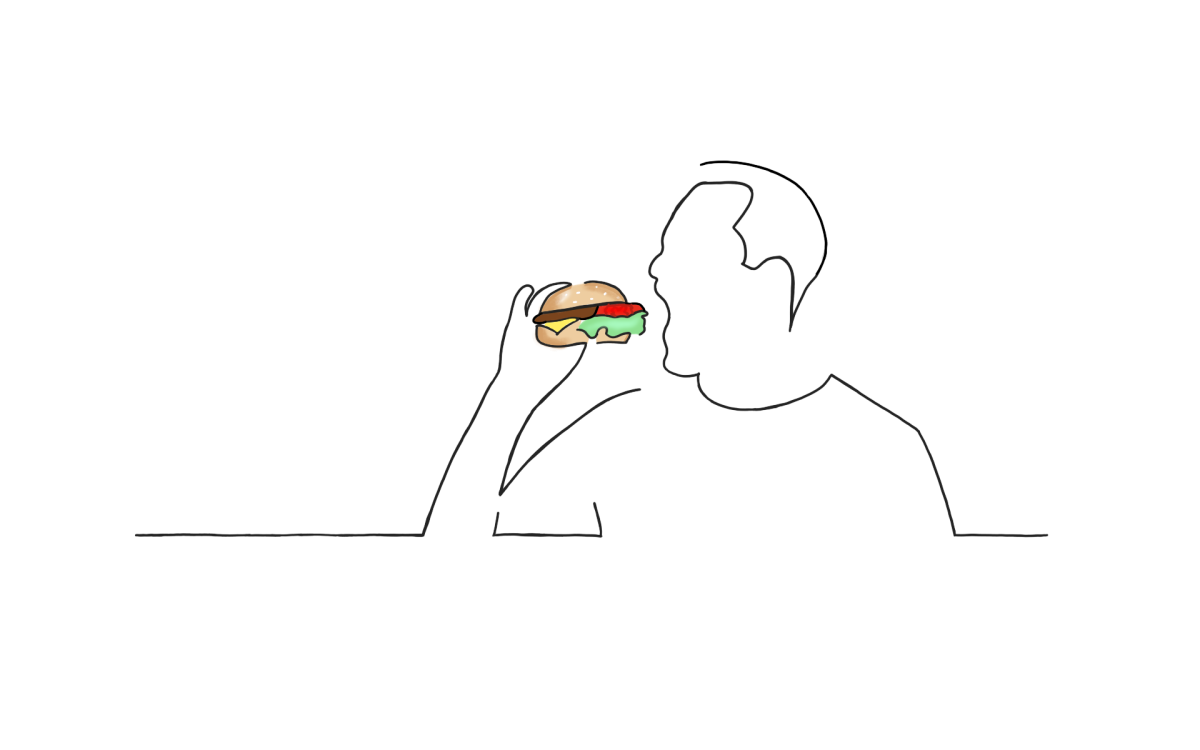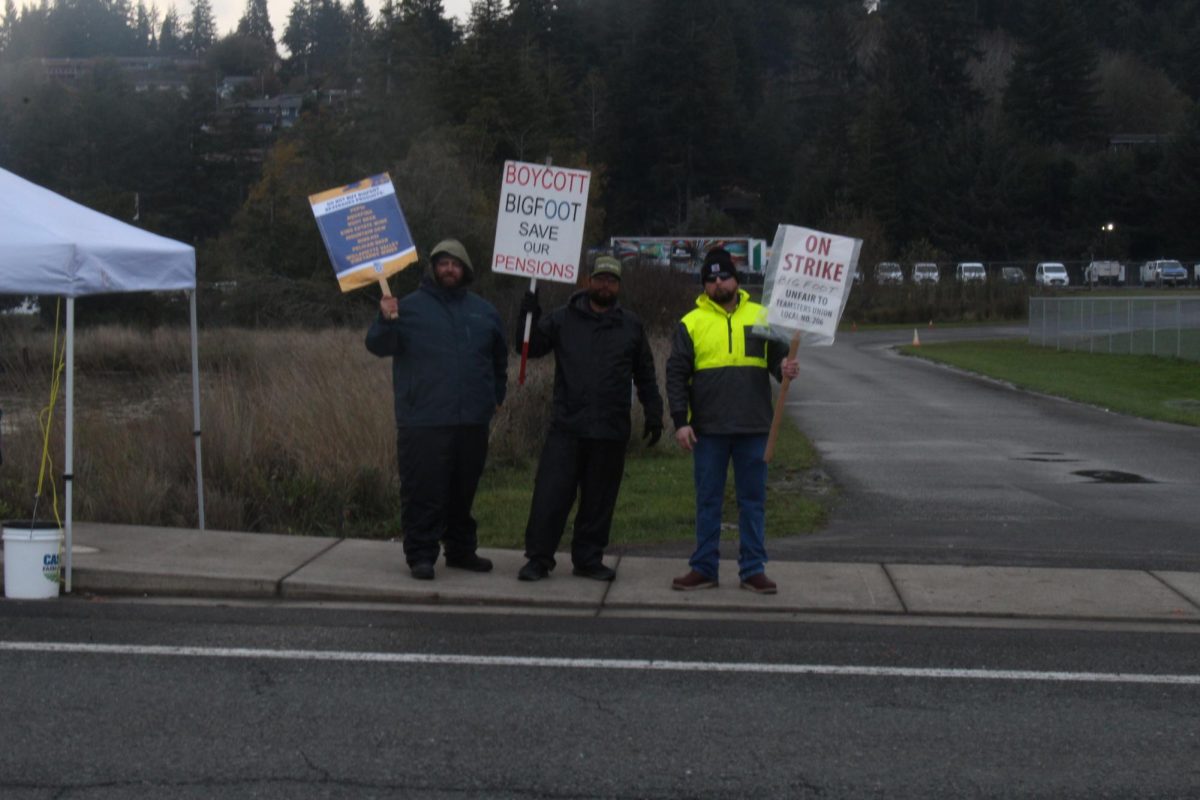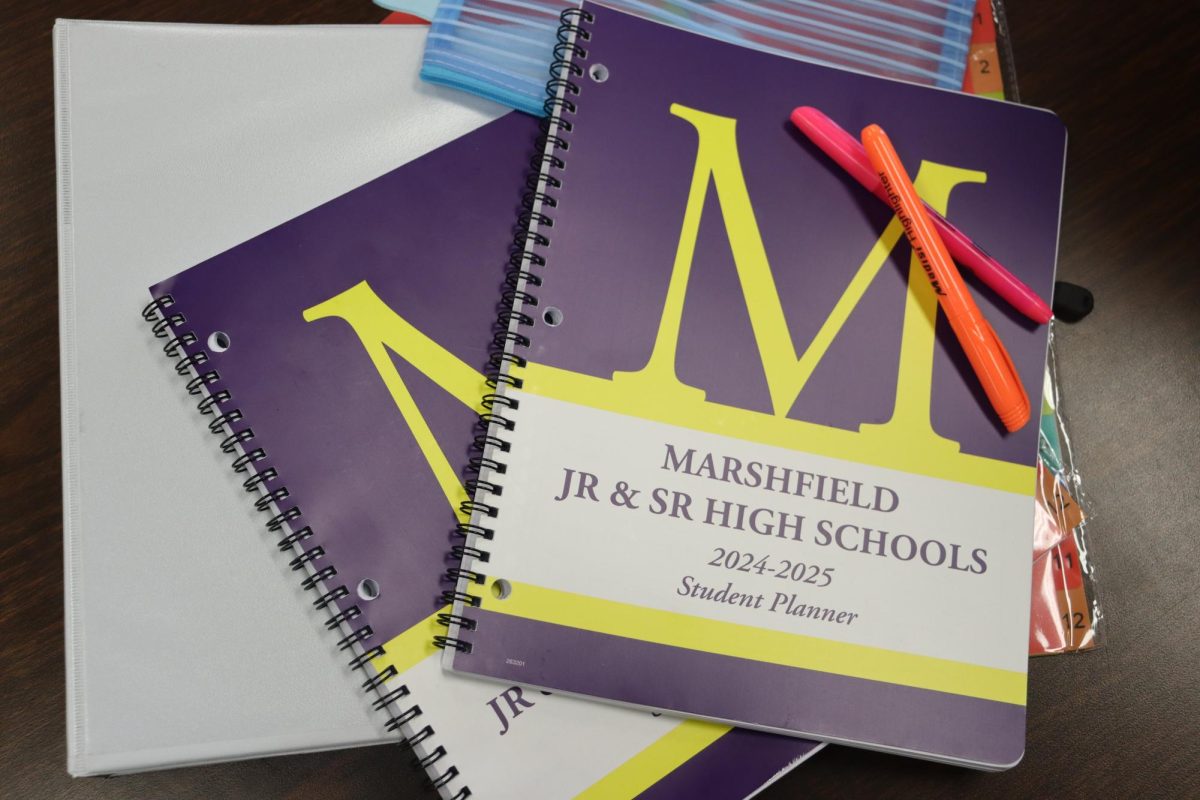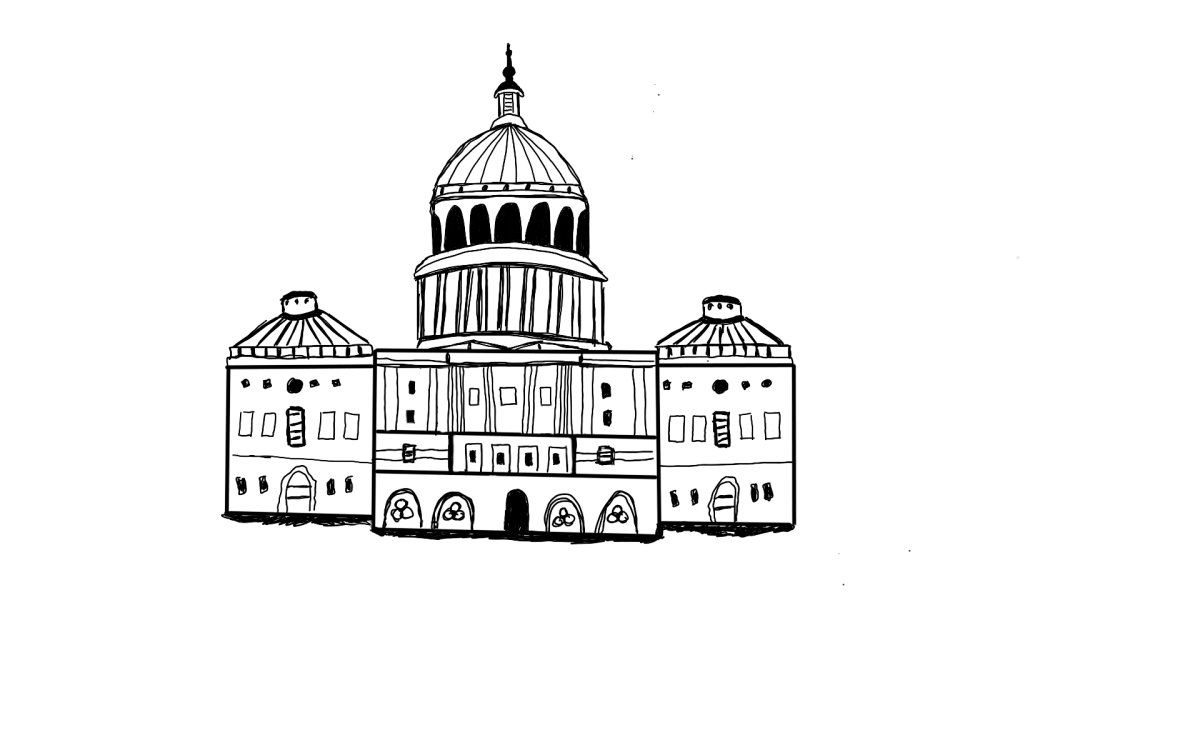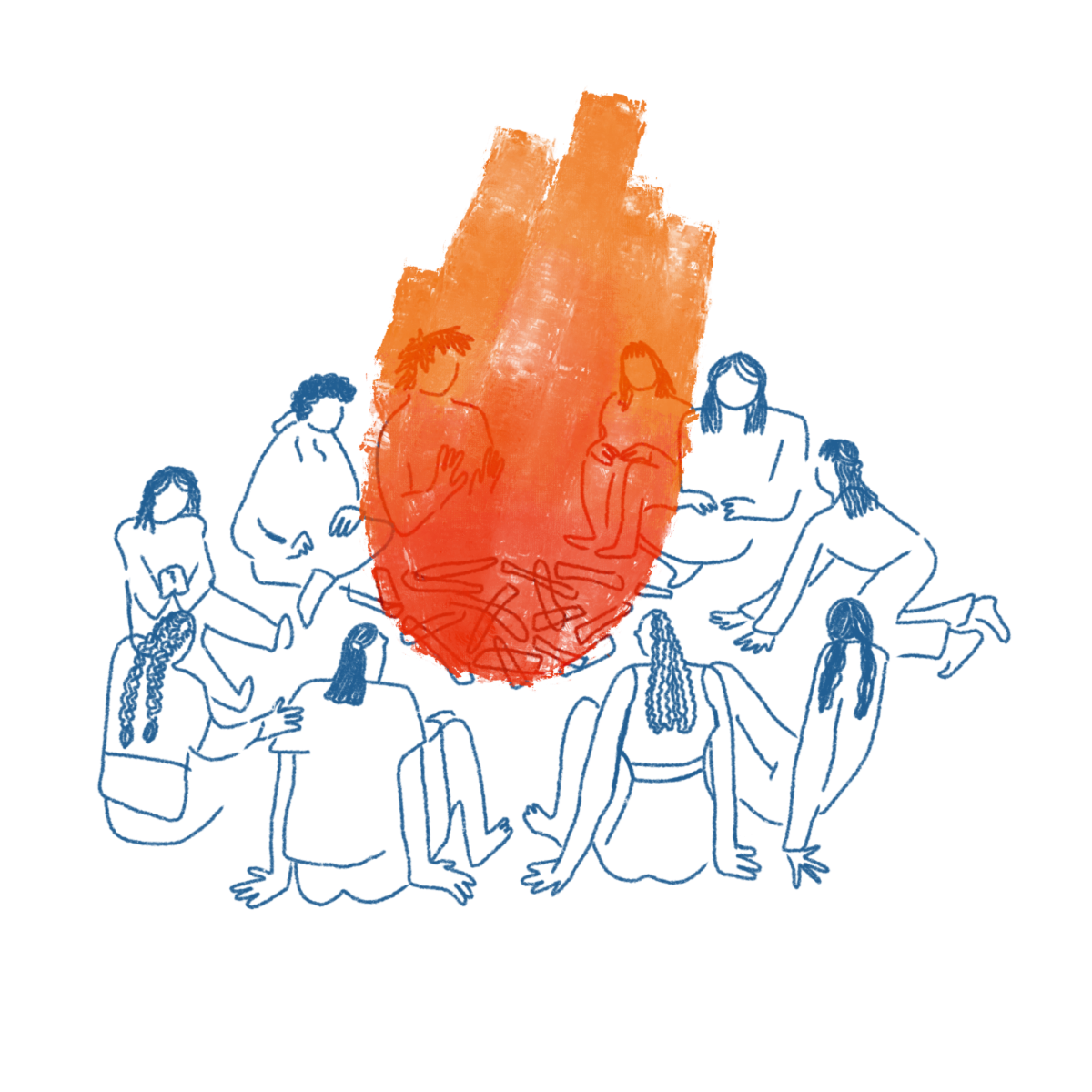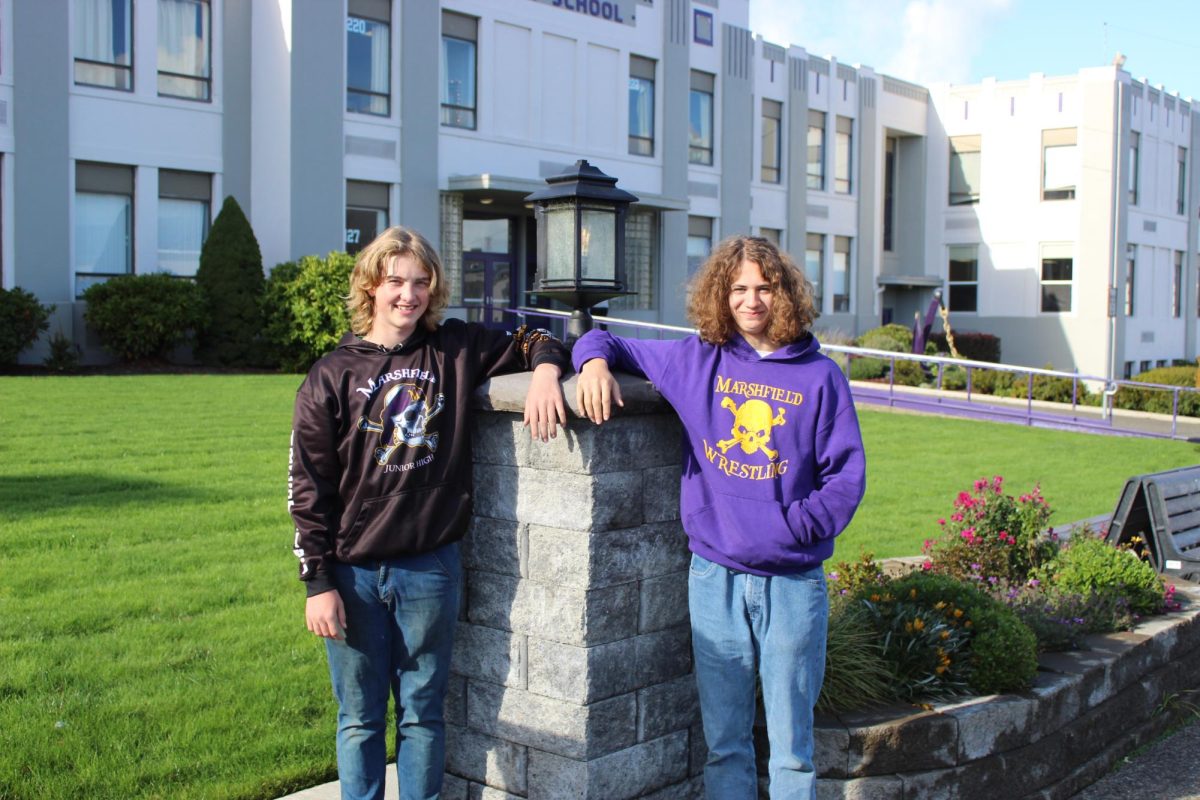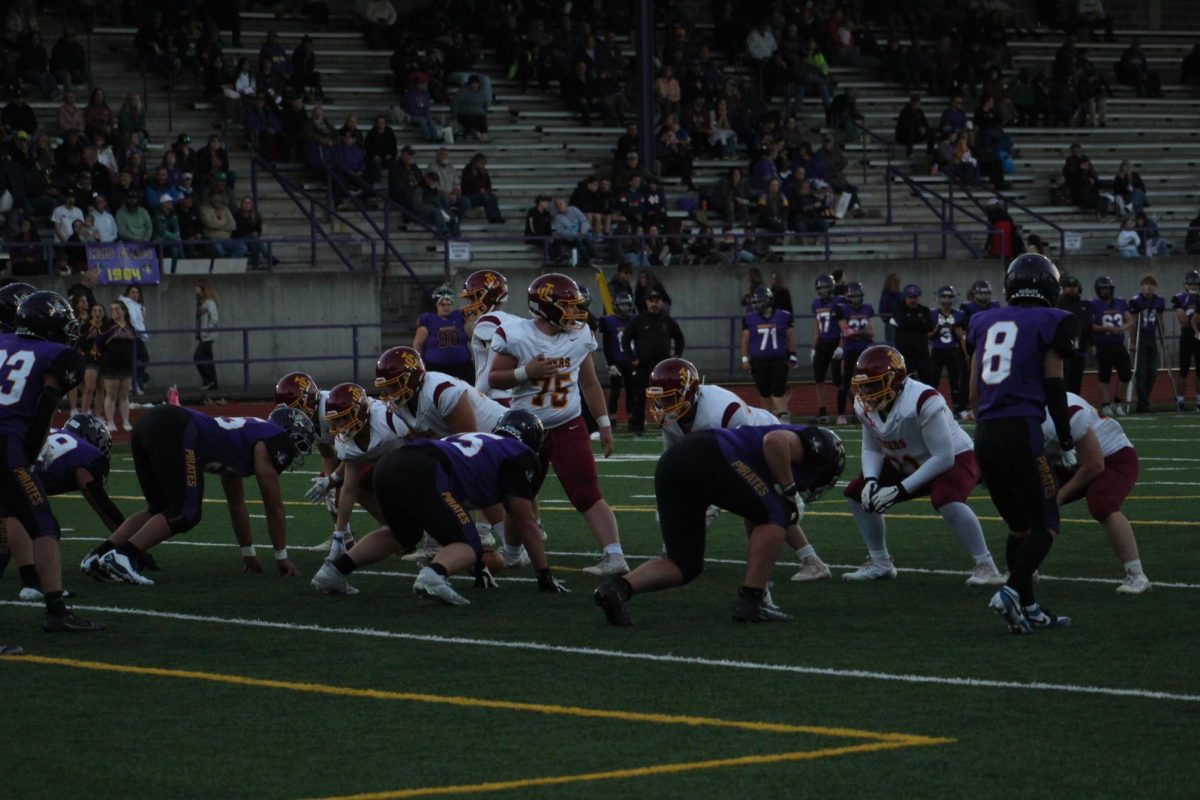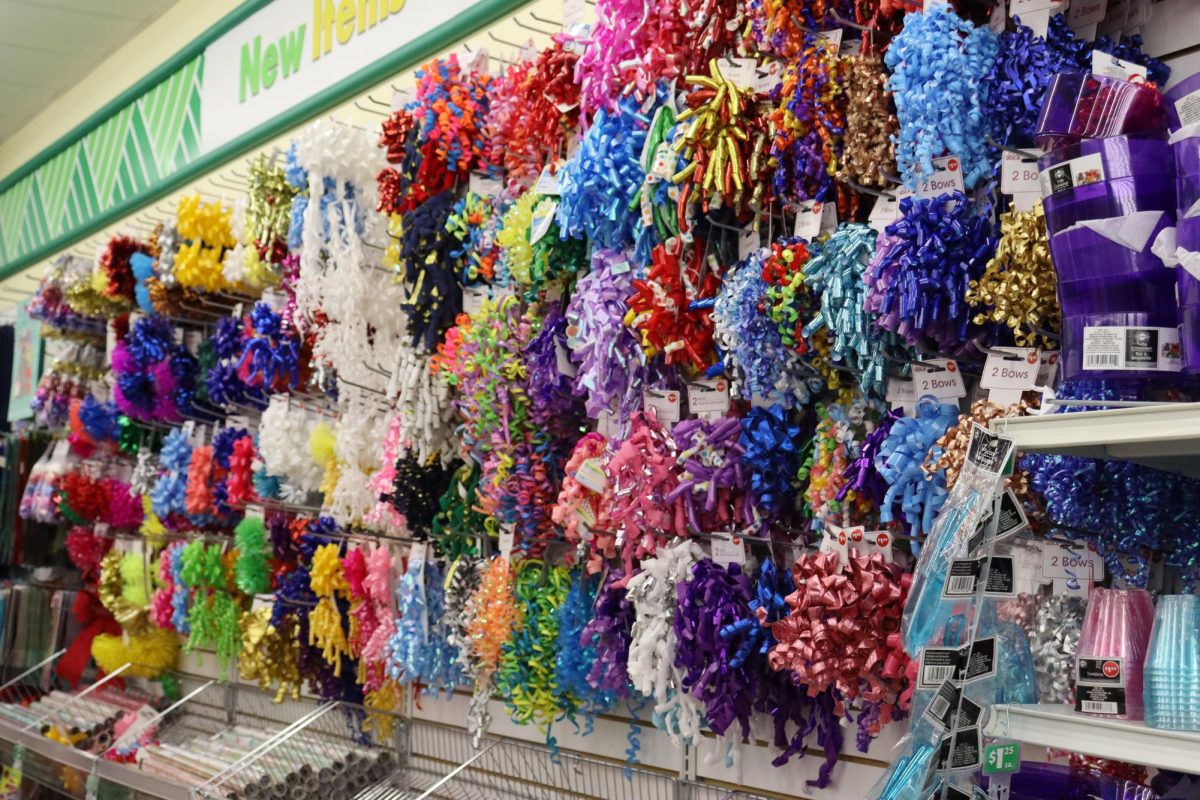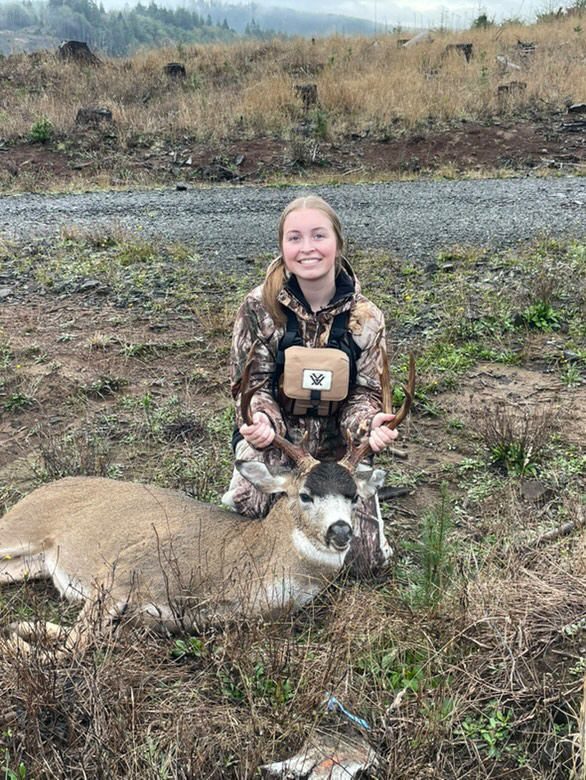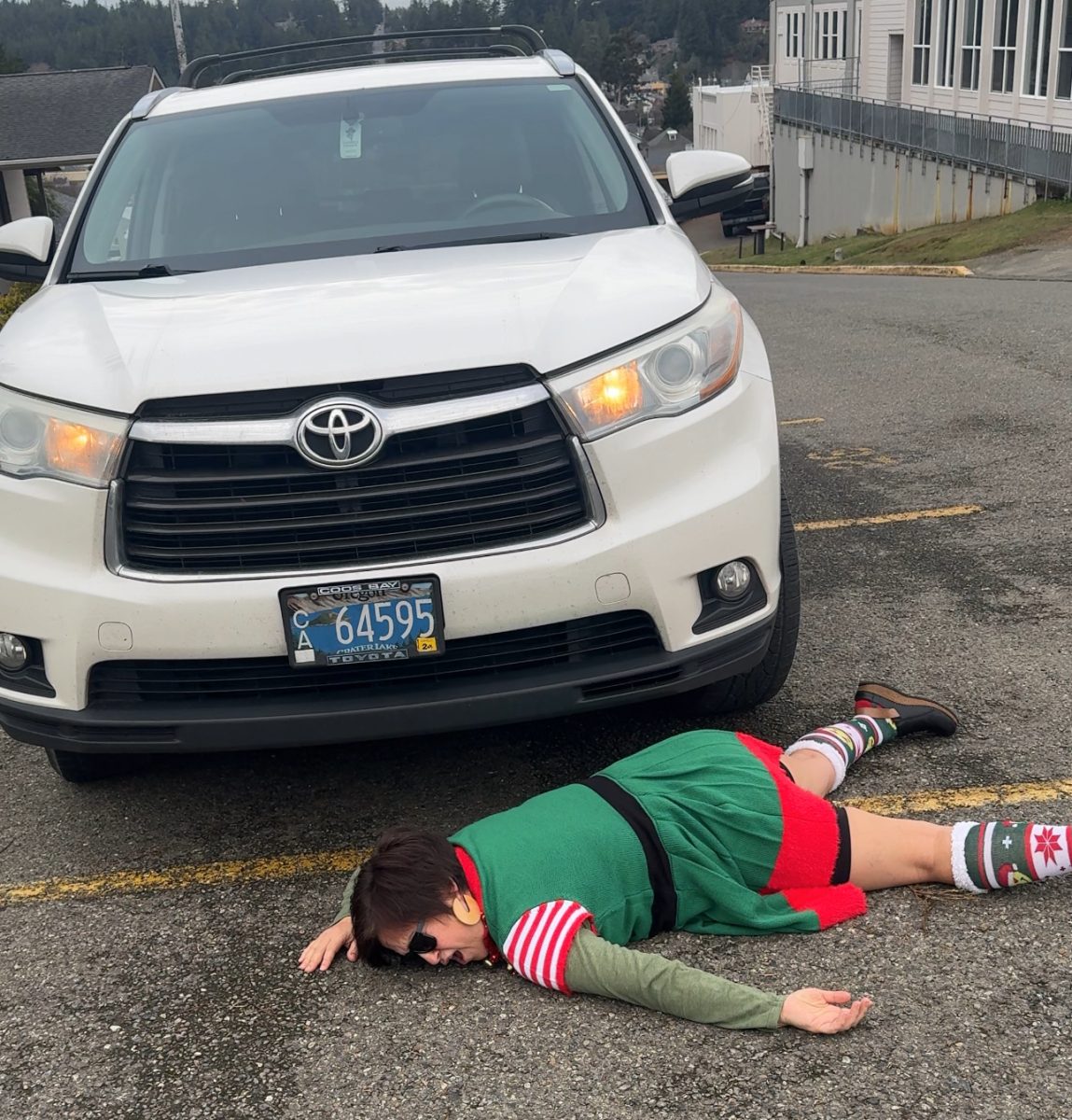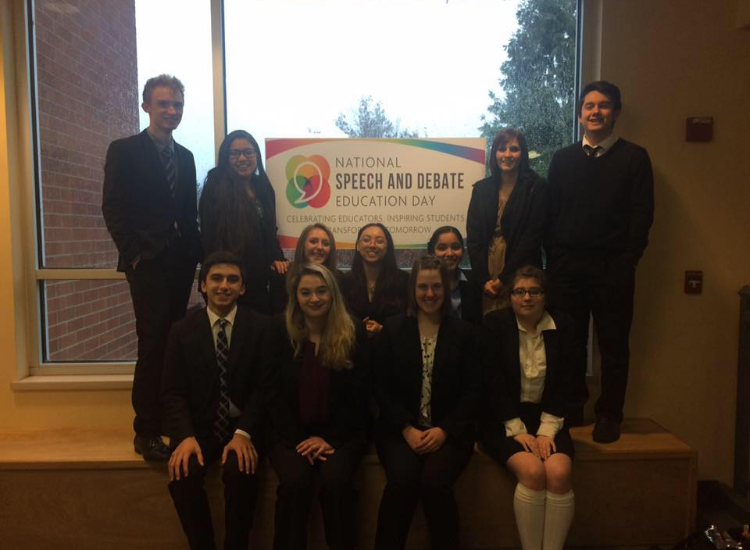Cows are major sources of milk and beef, but they are also a big source of pollution in the world. There are 1.3 billion to 1.5 billion cows grazing but only 94.4 millions cows in the United States. These cows eat a lot. They take up 41% of US land (nearly 800 million acres) just to feed them. Farming creates multiple types of pollution in itself, but the main pollutants are from fertilizers; extra nitrates and phosphates absorbed into the ground or are blown into groundwater or waterways causing eutrophication in bodies of water such as lakes, and pounds which causes mass plant growth, killing animals due to lack of oxygen. The use of pesticides also pollutes not only the water by putting dangerous carcinogens and other poisons in the water, but they destroy the biodiversity of an area basically diminishing the source of food for birds and other animals.
Cows eat about 26 pounds of food each day, cows digest food different than humans. They have four compartments in their stomachs which break down the food step by step, they build up gas in their reticulum, expelling methane. According to the United Nations’ Food and Agricultural Organization, cows “generate more greenhouse gas emissions as measured in CO2 equivalent 18% than transport.” You might wonder how bad methane really is, especially compared to something like carbon dioxide. Well according to research by Princeton University, methane is a whopping 30 times more effective at trapping heat than carbon dioxide, and with such a large amount of cows expelling methane, no wonder they are the third largest contributor to pollution in the U.S.
Freshman Sienna Mahaffy’s family owns 180 acres of land and rents another 60 acres for their 300 dairy cows. During milking season, they feed them three pounds of carrots per cow, and in the winter, they feed their cows each 20 pounds of dry feed. That’s 600 lbs per day, and in the summer they let their cows graze. The family owns a 1600 gallon tank for cow manure that they use and it’s almost filled this year, and according to Mahaffy.
“Unlike others, we reuse the cow manure to fertilize our fields,” Mahaffy said.
Just by recycling the cow manure, the amount of pollution produced is decreased. Allowing the cows to graze in the summer lowers the pollution by cutting out farming and transportation factors. Sara Weatherly is a student at Marshfield who works on her grandparents’ farm. Their farm is smaller with only 80 cows and 200 acres, and during winter and summer they feed their cows dry feed such as hay. During the spring and fall they are grazed. Unlike the Mahaffy’s they leave the manure on the fields to fertilize the fields and pay a company to fertilize the rest.
Smaller farms aren’t as big of a problem as large factory style farms since they are somewhat self-sufficient, and cut out pollution caused by transportation. Even though cows are a major commodity, and in high demand, they take up a large amount of land to raise, and create pollution every step of the way.


